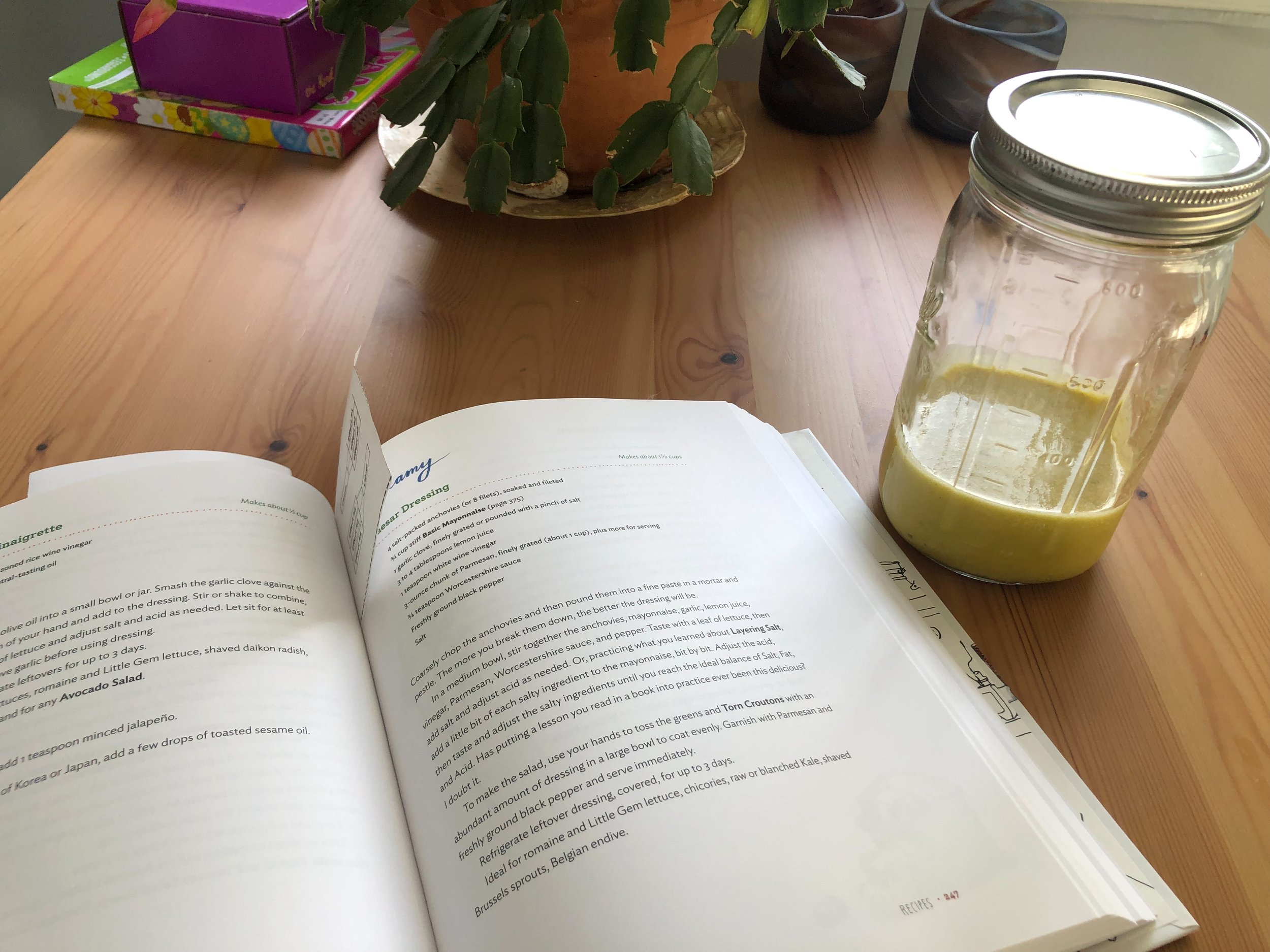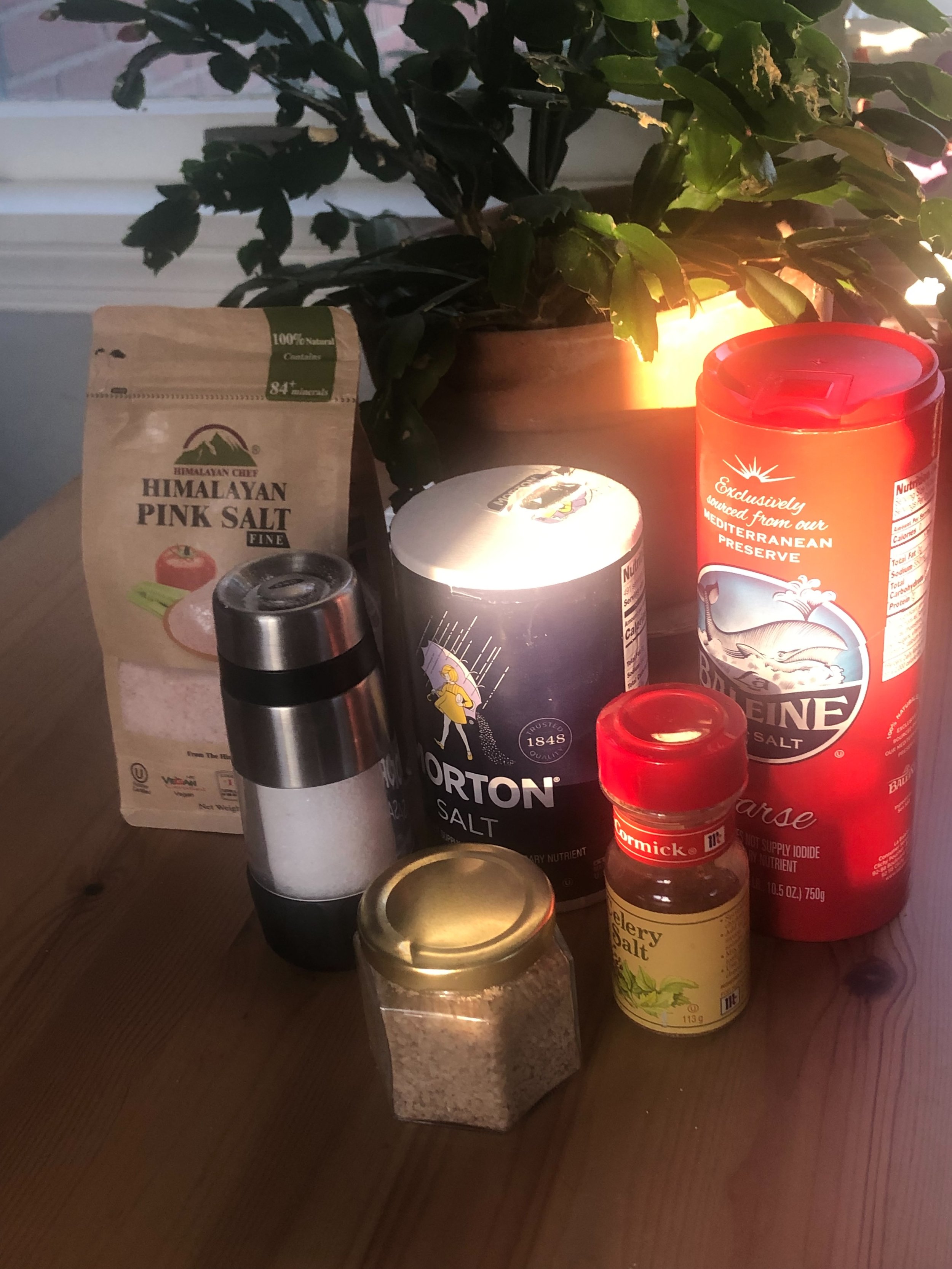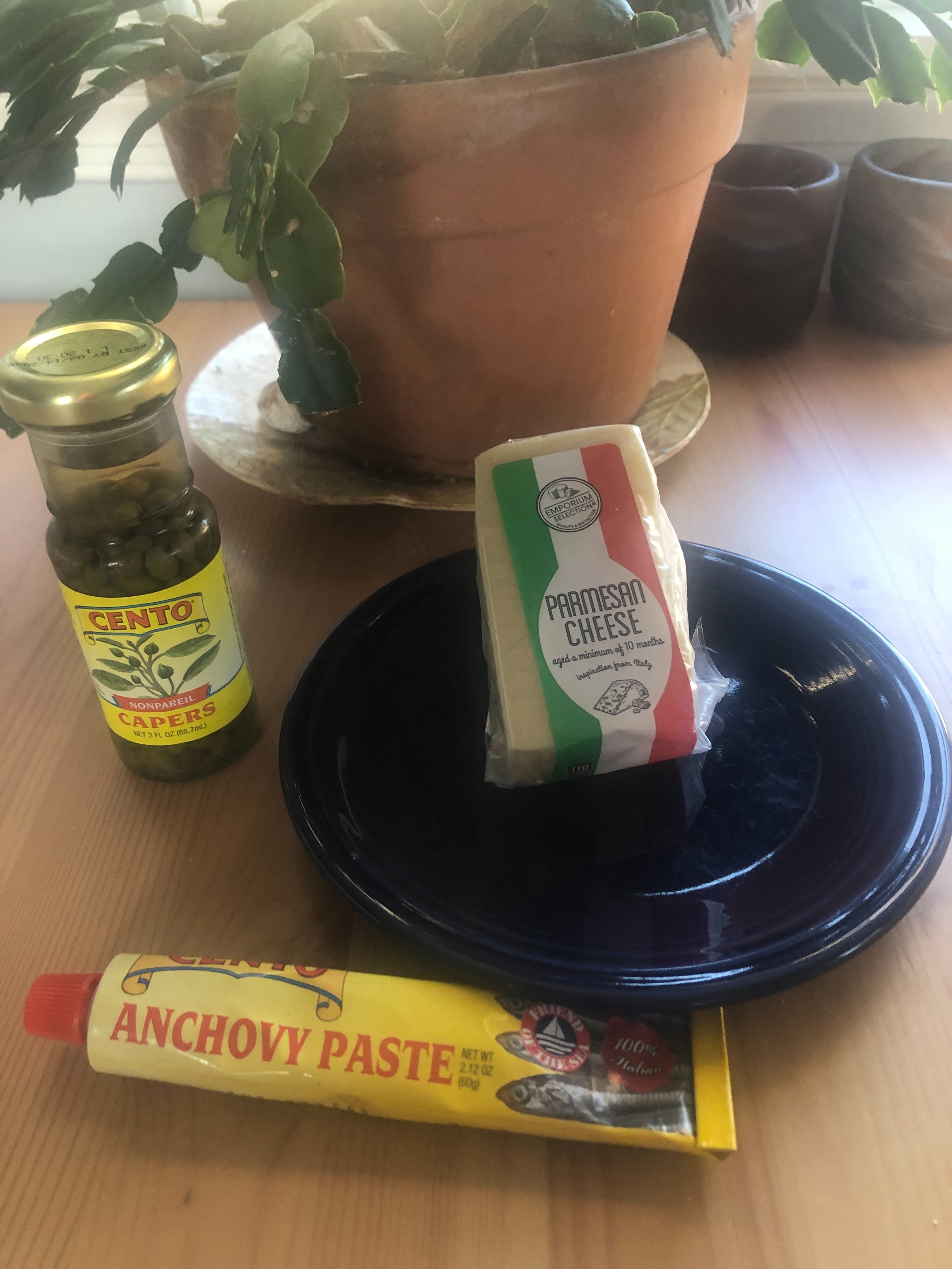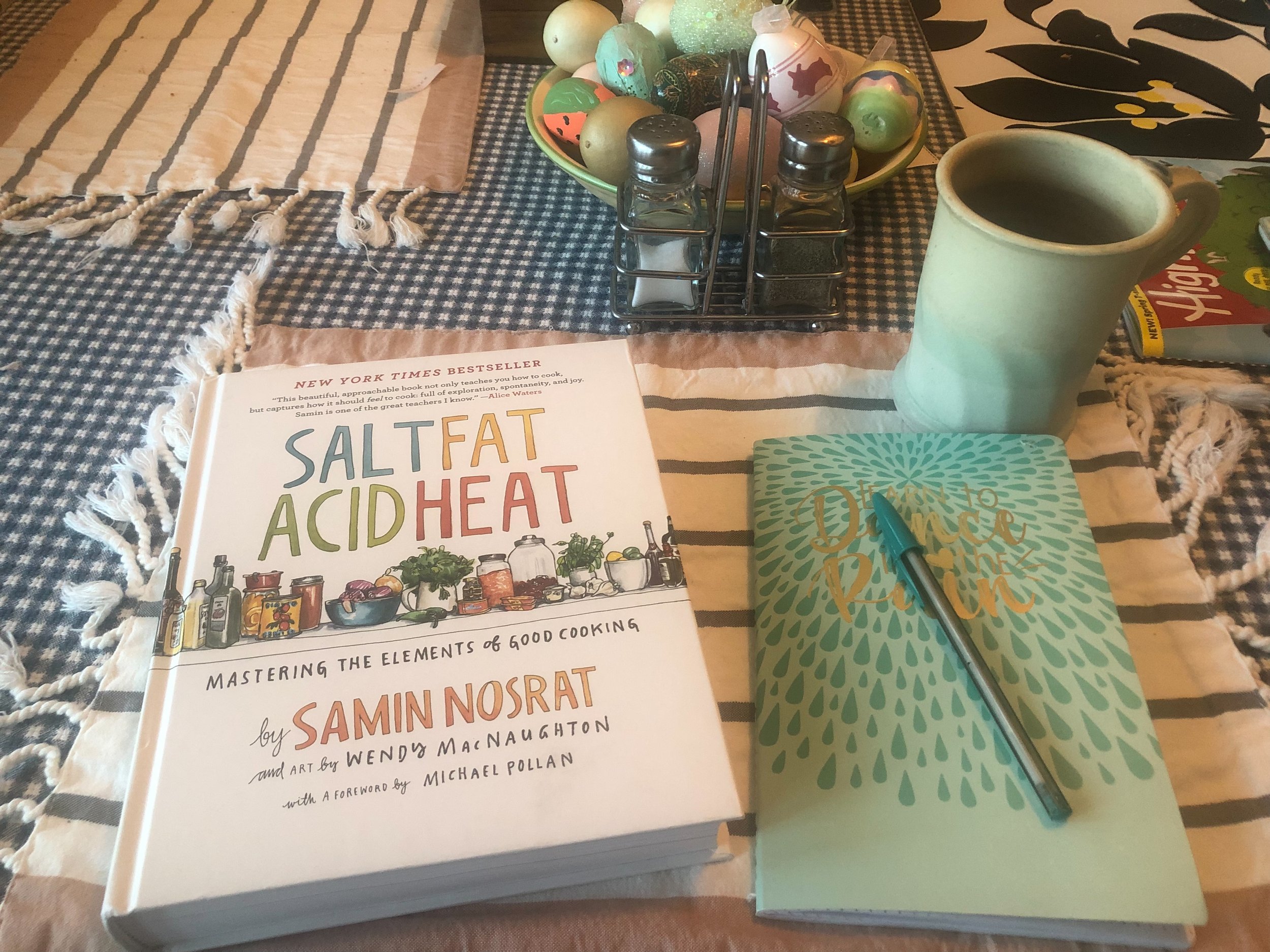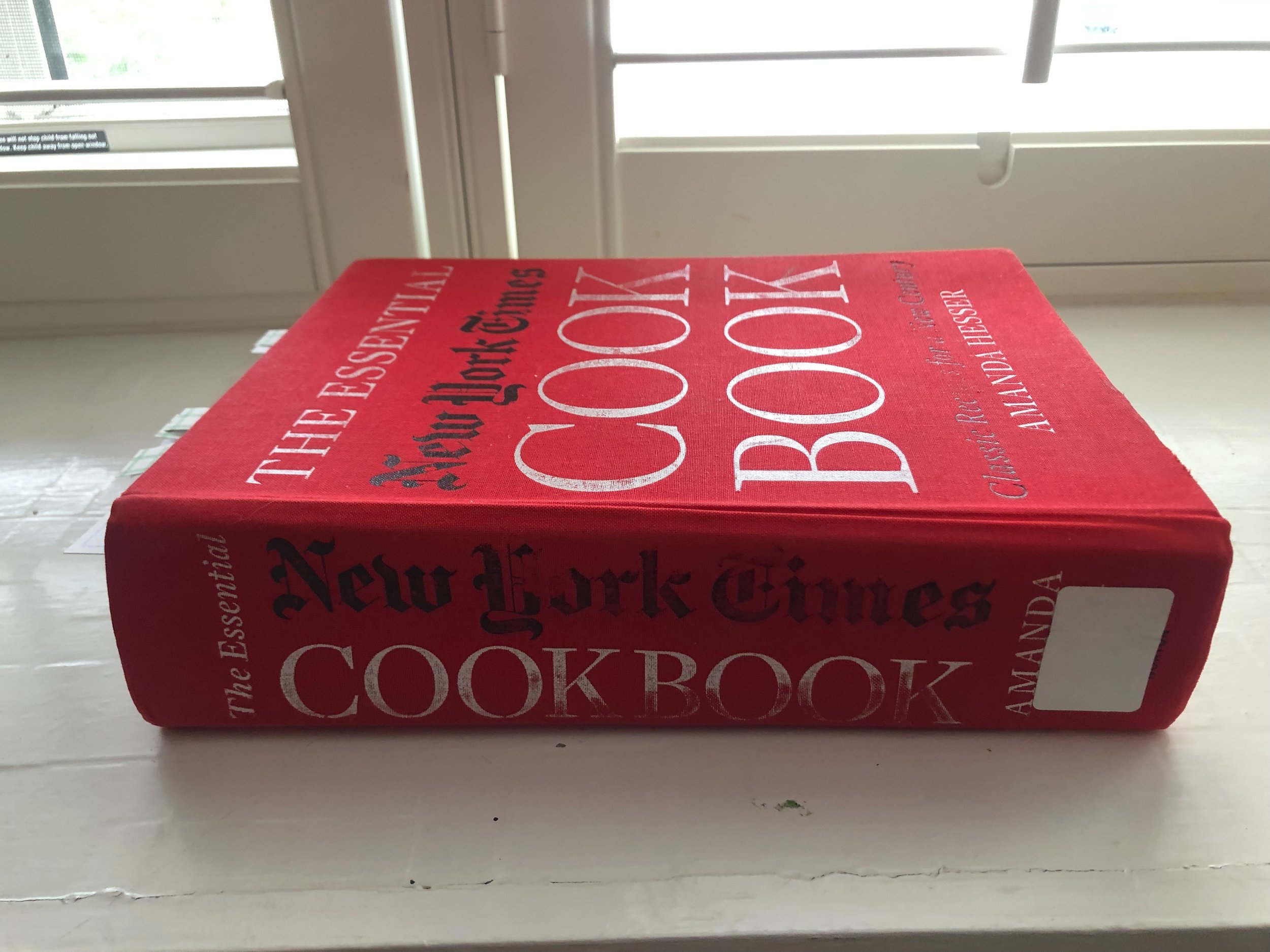There’s nothing I love more in the summer than having a variety of salads in my fridge for packed lunches, but I admit I did get to this chapter and immediately wonder how much mayo this will involve.
Hesser defines salad as an adaptable composition of loosely related ingredients ( not necessarily vegetables) unified by a dressing.
I tried two salads from this chapter.
Spicy Orange Salad Moroccan-Style
This was a great food waste reducer when I made a different recipe that called for orange peels. I used the naked orange insides for this salad and really liked it. I ate it for lunch along with rosemary bread from another favorite cookbook Kneadlessly Simple. It called for fresh parsley, but my garden isn’t there yet so I used mint.
Spicy Cucumber Salad
I sent this in my daughter’s packed lunch, and unfortunately it got a thumbs down. She said the sesame taste was way too strong. Oh well!
Two salads, no mayo globs. Yay!
Note: This recipe is part of a long look at Amanda Hesser’s 2010 The Essential New York Times Cookbook. See all posts here. Links to amazon.com are affiliate links. Thanks for your support!















